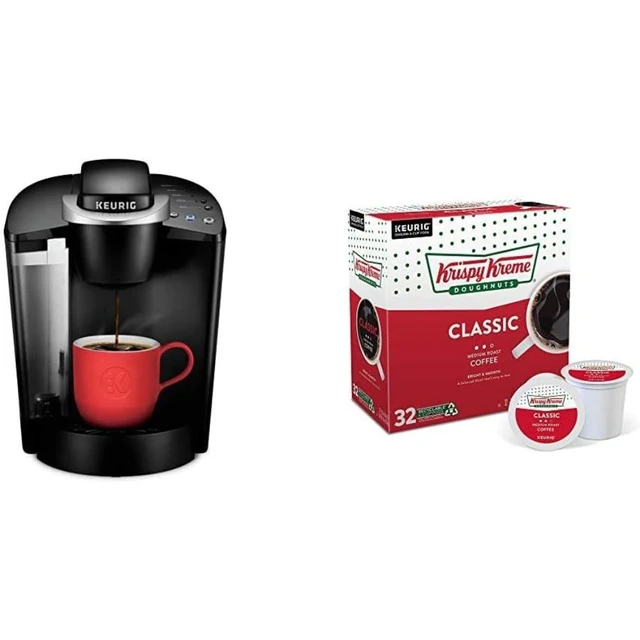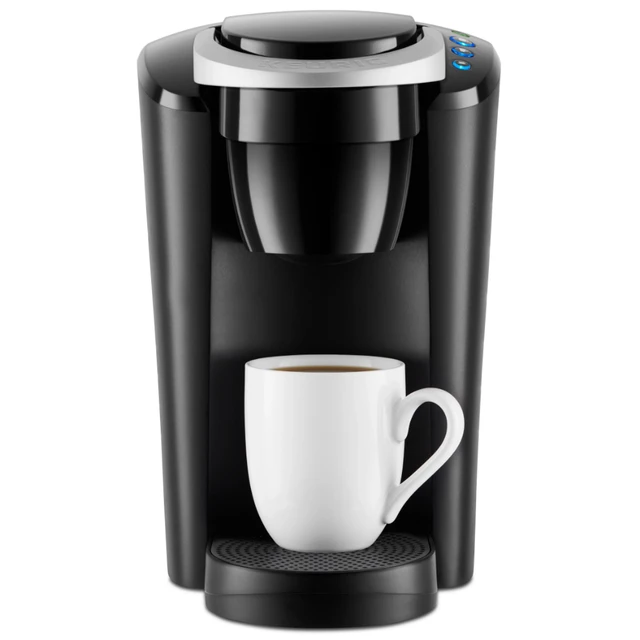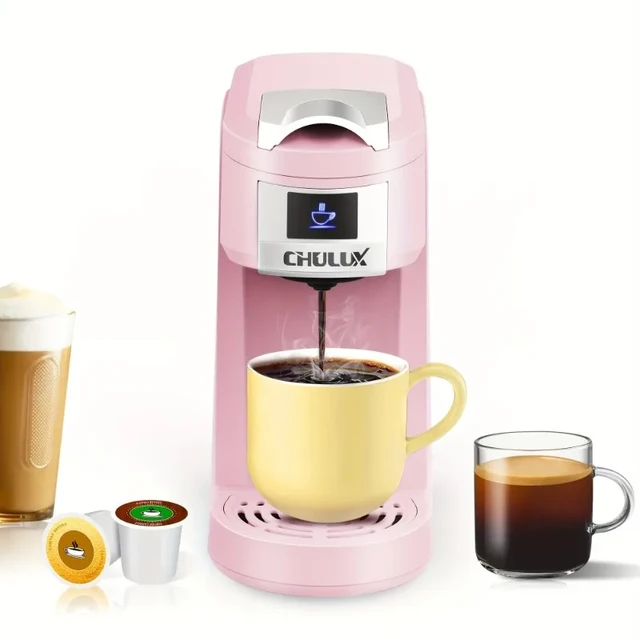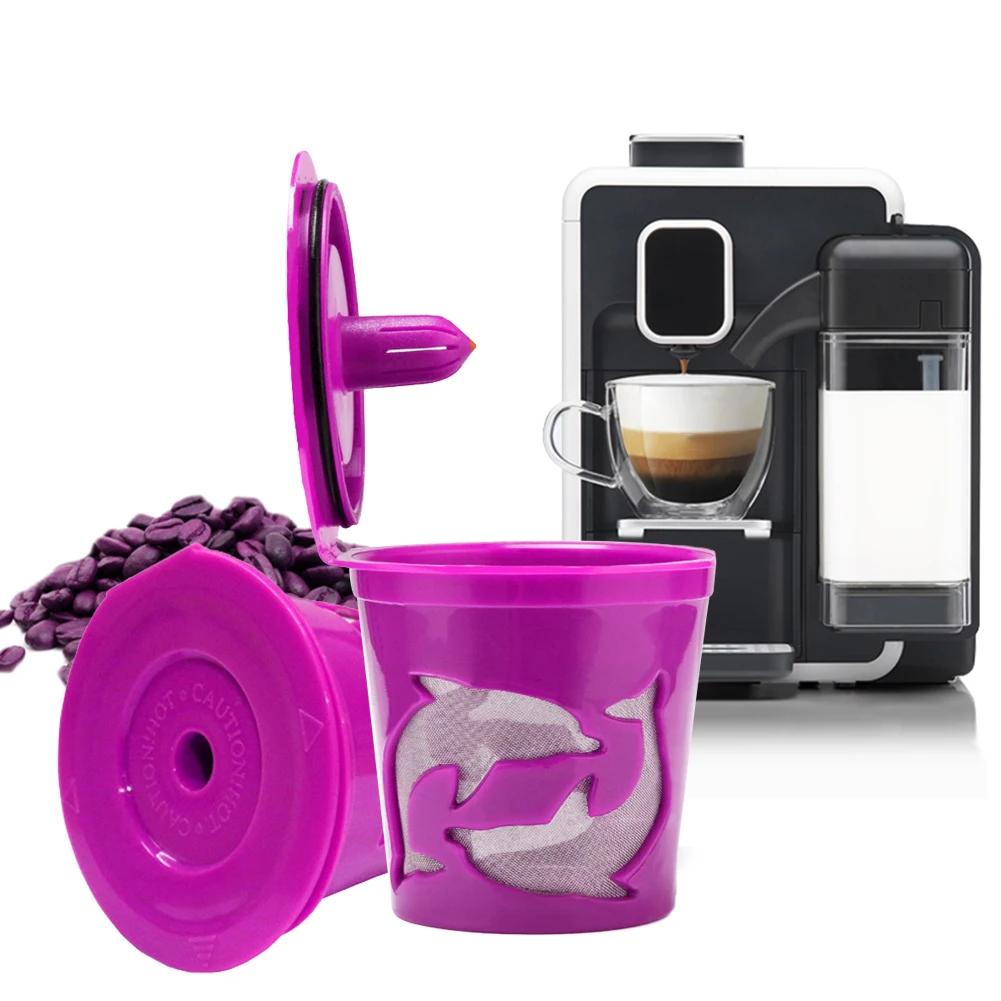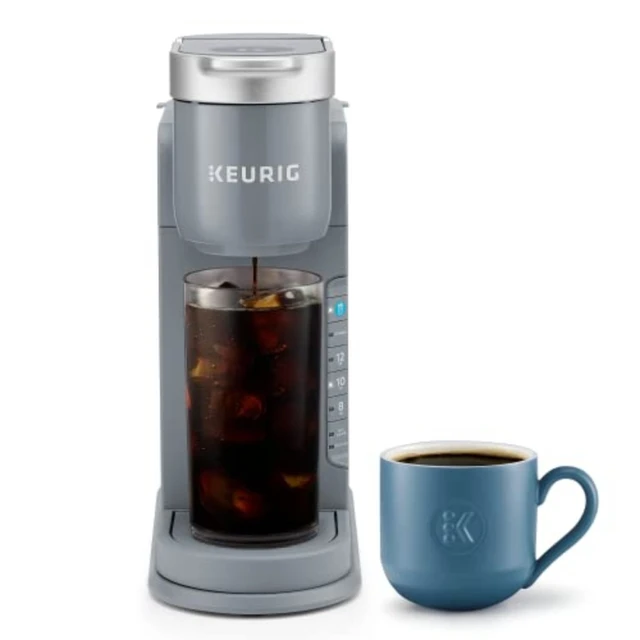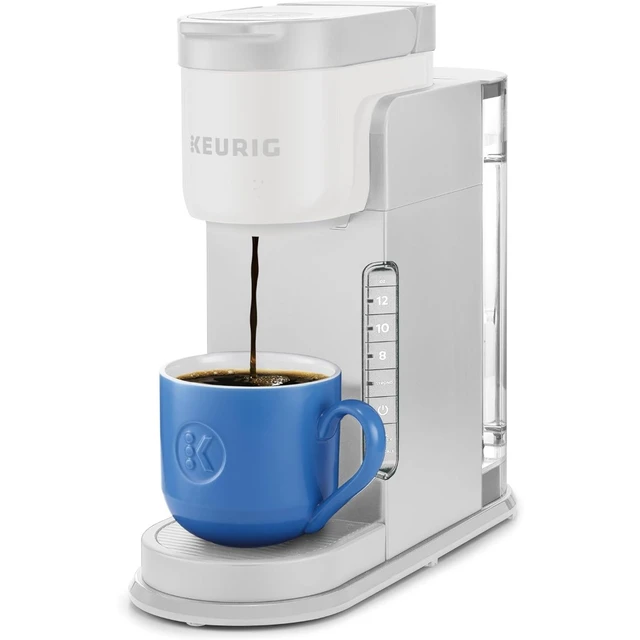
If you own a Keurig coffee maker, you may have encountered the “Descale” warning on its display. This signal is part of the machine’s maintenance protocol and, if ignored, can eventually lead to performance issues. Descaling is a crucial part of keeping your coffee maker in optimal condition. In this guide, we’ll delve into what the “Descale” feature means, why it’s important, how to descale your machine, and tips for preventing future scale buildup.
What is Descaling?
Descaling is the process of removing mineral buildup from your coffee maker. This buildup, primarily composed of calcium and magnesium, occurs naturally when you use water to brew your coffee. Over time, minerals can accumulate in the machine’s internal components, affecting its performance and the quality of your brewed coffee.
Why Does Scale Build-Up Occur?
Water is the main ingredient in coffee, and its chemical composition can vary significantly depending on the source. Hard water contains high levels of minerals, which can lead to scale buildup. The process of heating water within your coffee maker can accelerate this buildup, especially if you frequently use your machine.
What Happens if You Ignore the Descale Warning?
Ignoring the descale warning can lead to several problems:
- Reduced Brewing Efficiency: Scale can block water flow through the machine, resulting in longer brew times and weaker coffee.
- Unpleasant Taste: Mineral buildup can affect the flavor of your coffee, resulting in a less enjoyable experience.
- Potential Damage: Over time, the scale can cause internal damage to heating elements and other components, leading to costly repairs or replacements.
Recognizing the Descale Warning
Keurig coffee makers come equipped with a built-in feature that alerts users when it’s time to descale. The warning can appear as a message on the display, often accompanied by a light indicator.
When Should You Descale?
The frequency of descaling largely depends on your water quality. If you use hard water, it is advisable to descale every three to six months. Some models will alert you after a certain number of brews or time intervals, so it’s essential to stay attentive to your machine’s signals.
Signs Your Keurig May Need Descaling
- Slow or inefficient brewing
- A decrease in coffee temperature
- A strange or off taste in your coffee
- Error messages or blinking lights
Preparing for the Descaling Process
Before you begin the descaling process, you’ll need a few items to ensure a smooth experience.
Items Needed
- Descaling Solution: You can buy a commercial descaling solution specifically made for Keurig machines or use a mixture of equal parts white vinegar and water.
- Water: Fresh water will be required to rinse the machine after descaling.
- Container: A large, empty container that can hold at least 10 ounces of liquid to catch runoff during the descaling process.
Safety Precautions
It’s essential to follow some safety measures to avoid any mishaps while descaling your coffee maker:
- Ensure the machine is unplugged before starting any maintenance.
- Avoid using abrasive materials that may scratch the surface.
- Use protective gear if necessary—gloves can be helpful when using strong chemicals.
Step-by-Step Guide to Descaling Your Keurig
Now that you’ve gathered your supplies, it’s time to descale your Keurig. Follow these steps carefully for effective results:
Step 1: Empty the Water Reservoir
Start by removing any remaining water from the reservoir. This helps ensure that the descaling solution works efficiently and isn’t diluted.
Step 2: Add the Descaling Solution
If you’re using a commercial descaler, follow the instructions on the packaging. Typically, you will pour the solution into the reservoir and fill it with water to the maximum fill line. If using vinegar, fill the reservoir halfway with vinegar and the remaining half with water.
Step 3: Begin the Descaling Cycle
- Turn on the Machine: Plug it back in and power it up.
- Run a Brew Cycle: Place a large container under the brewer and select the largest cup size. Run a brew cycle without inserting a K-Cup. Continue this process until the water reservoir is empty.
Step 4: Let it Sit
Once the reservoir is empty, turn off your Keurig and allow the remaining solution to sit in the machine for about 30 minutes. This waiting period helps the solution break down any mineral deposits effectively.
Step 5: Rinse
After 30 minutes, refill the reservoir with fresh water and run several brew cycles (without K-Cups) until the water runs clear. This step ensures that all the descaling solution is removed from the machine.
Step 6: Cleaning the Exterior
While you wait for the descaling process to complete, take a moment to clean the machine’s exterior. Wipe down surfaces with a damp cloth and mild soap, paying special attention to the area around the brew head.
Post-Descaling Maintenance
After descaling, it’s essential to incorporate some post-maintenance habits to keep your Keurig running smoothly.
Regular Cleaning
To prevent future scale buildup and keep your coffee tasting fresh, clean your coffee maker regularly. Aim to perform a thorough cleaning every month, which includes:
- Emptying the Water Reservoir: Always pour out any remaining water and clean the reservoir with warm, soapy water.
- Cleaning the K-Cup Holder: Remove and clean the K-Cup holder to avoid clogs and keep the flavor intact.
- Wiping Down: Regularly wipe the machine’s exterior to remove dust and spills.
Use Filtered Water
One of the best ways to prevent hard water mineral buildup is to use filtered or bottled water for brewing. If you can’t avoid using tap water, consider investing in a water softener to reduce mineral content.
Monitor Your Machine
Keep an eye on your Keurig for any signs that it may need maintenance. If you notice any odd noises, changes in brew times, or flavors, it may be time to perform both descaling and general cleaning.
 Frequently Asked Questions (FAQs)
Frequently Asked Questions (FAQs)
What type of descaling solution should I use?
Keurig offers its own descaling solution, but you can also use equal parts white vinegar and water. Just ensure that the solution is safe for use in coffee makers.
Can I descale my Keurig too often?
While it’s essential to follow a regular descaling routine, doing it too often may not cause harm but may be unnecessary unless you have significantly hard water. Generally, a frequency of every 3-6 months is adequate.
What if my machine still has issues after descaling?
If you’ve descaled your Keurig and continue to have issues, consider contacting customer support. It may be possible there are other underlying problems that require professional attention.
Is descaling safe for all Keurig models?
Yes, descaling is safe for all Keurig models. However, always refer to your model’s specific user manual for any model-specific instructions.
Troubleshooting Common Issues
What If the Descale Warning Doesn’t Go Away?
Sometimes, the warning may persist even after you’ve completed the descaling process. Here are a few steps to troubleshoot:
- Run Additional Rinses: If you followed the descaling and rinsing instructions and the warning remains, you may need to run several additional cycles of plain water to clear any remaining solution.
- Check for Clogs: Inspect the needle and brew basket for blockages.
- Factory Reset: For some models, a factory reset may remove persistent warning indicators.
- Consult Manual: When in doubt, refer to your Keurig’s user manual for model-specific instructions.
Conclusion
Descaling your Keurig is essential for maintaining the health of your coffee maker and ensuring a high-quality brew. You might wonder, “Why does my Keurig say descale?” This warning indicates that mineral buildup has occurred, and it’s time for maintenance. Addressing this alert promptly can help you avoid performance issues and prolong the life of your machine. Regular upkeep, such as using filtered water and responding to your coffee maker’s signals, contributes to a better coffee experience. So, when that descaling message appears, don’t disregard it—take action to continue enjoying your delicious coffee at the touch of a button.
